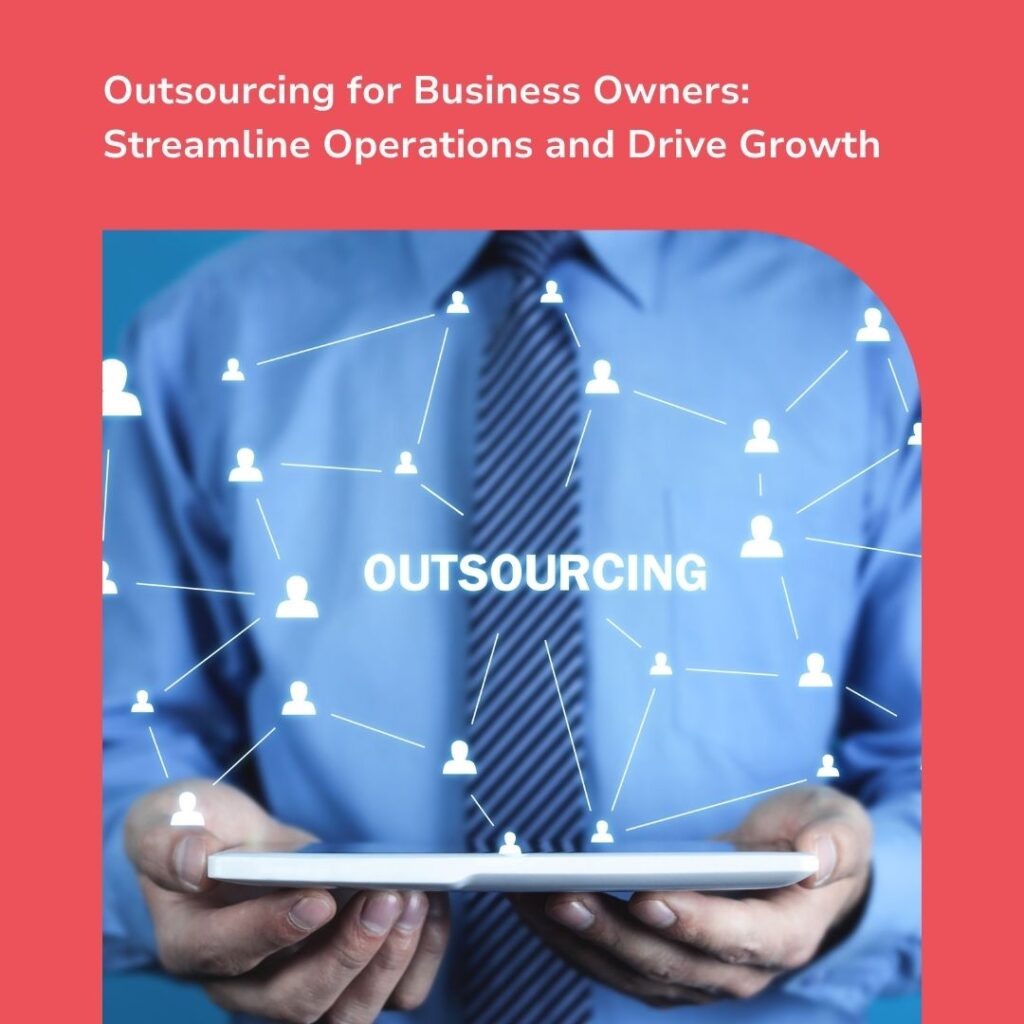Manufacturing firms that want to engage with customers and generate leads must use content marketing; it’s a necessary component of any lead generation plan today.
It can help you build your brand reputation and strengthen your customer relationship when done correctly.
However, the last thing you want to do is create blog entries, eBooks, or other materials that will be ineffective — it will not only waste your time but will also turn potential clients away.
When creating content, it’s important to think about how you can extend its impact.
In other words, what can you do to make sure your content reaches the widest possible audience?
There are a number of ways to do this, and in this blog post we will explore a few of them. By following these tips, you can make sure your manufacturing content has the biggest possible impact!
Create a Clear Written Strategy
A documented content marketing plan is one of the most crucial elements of content marketing success.
Even if you’re just getting started, make a content marketing plan and write it down. Is your goal to get more consumers to contact you or attract better-quality prospects?
Do you want to focus on your main product line or establish yourself in a new market?
Determine these objectives to help you better comprehend your target audience and improve the quality of your material.
A clear strategy should be in place for every growth project. Create an outline of what you’ll produce for each new content piece to assist you in your creative process.
What SEO keywords will the blog incorporate? Who is the intended audience? Which one of your services will it highlight?
At the same time, determine who will create the material, when it will be created, who will manage your various promotion avenues, and so on. Consumers like content that is produced on a regular basis.
Whether you blog once a day, week, or month, having a set routine gives your audience familiarity and perhaps even expectancy.
Understand Your Buyers’ Needs
Choose a tone and style that is appropriate for your company’s brand and appeals to your target audience.
For instance, do you want to be portrayed as casual, formal, technical or something else?
A great way to determine this is to create customer personas: consider the various sorts of people you come into contact with or market to throughout the buying process.
These different personas should be developed as a target persona, or a depiction of your ideal buyer based on their purchasing patterns and existing market research.
For manufacturers, their target buyers are typically procurement managers, MROs and engineers. So think about their top priorities, pain points and buying habits on the whole.
Keep these things in mind as you create your material, as if you were talking to them directly. While reading content that is tailored to their unique requirements and speaks to their needs, these personas — and the people behind them — will be more inclined to connect with it.
The subject of your content should be important to your prospects; if it isn’t relevant to their company and objectives, it isn’t high-quality material.
Communicate Real Benefits
Your material must provide a value and benefit your audience in some manner — make it clear with a descriptive title.
Here’s some ideas to help kick start your brainstorm:
- “How To” Advice or Helpful Tips: what tips can your business offer customers?
- Must Haves or Action Items: offer your readers actionable information that they can use right away
- Practical Advice and Trends: what can you share about your industry that will be valuable?
It’s easier to generate ideas when you write about an area in which you have expertise. Writing about something you’re an expert in will improve your thought leadership game and reduce the risk of writer’s block.
Personalisation is critical to a lead generating strategy, so tell a narrative that demonstrates how well you understand your target audience’s world; prospects will be able to see that your business is committed to providing value to them.
Mix It Up!
Returning to the personas we just discussed, you should test out different sorts of material to see which are most successful at attracting your target audience.
There’s no such thing as a one-size-fits-all solution, so have some fun with it — no one wants to read the same things over and over! Instead of writing blog entries, try out listicle structures or Q&A interviews.
Instead of a normal eBook, consider releasing a step-by-step guide or an infographic. The more engaging your material is, the more interested they’ll be in it and your company as a whole.
And, there’s no such thing as being too specialised when it comes to content marketing for manufacturing. Some readers want to learn more about your field, your business, and the services you provide.
Today’s B2B purchasers are digital natives who want content to be available on-demand, tailored for any device, interactive, and highly visual — furthermore, 74% of buyers pick the rep that adds value and insight first. Play up on the strengths of your services but avoid being too self-promotional.
Summing Up
Providing the right information at the right moment might really help you achieve your objectives.
It’s a long-term strategy that needs some planning and investment, but it will assist you in becoming an industry thought leader while also increasing your exposure to new clients.
The key to content marketing is straightforward, yet extremely powerful: respond to prospects’ inquiries using your blog articles, web pages, social media and so on.
By focusing on what your consumers want to know, updating your website on a regular basis, and investing in paid advertising campaigns, you’ll be well on your way to increasing brand recognition and market presence.









